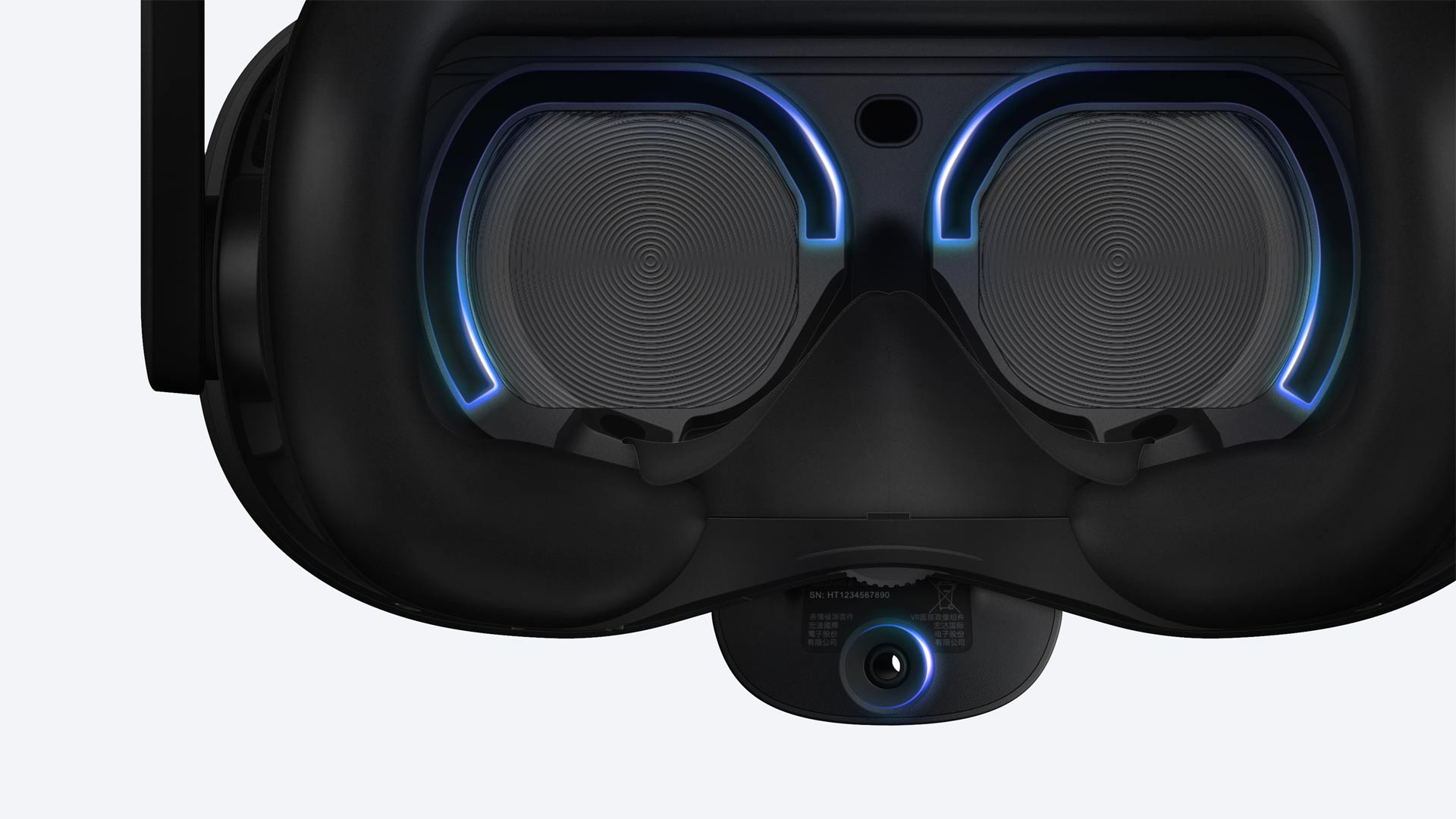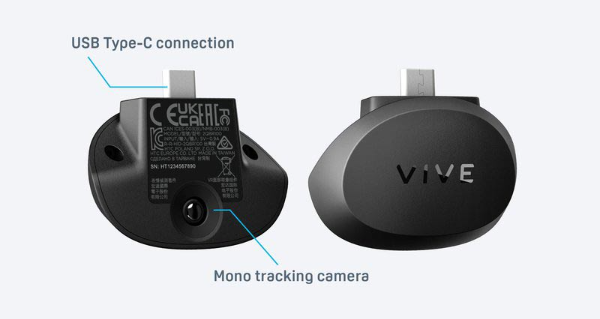HTC Vive Announces New Eye and Face Tracking Accessories for Vive Focus 3
HTC has announced the release of aftermarket facial and eye-tracking modules for the Vive Focus 3 standalone virtual reality headset. The company is priming itself to take on the leading players in the industry including Meta, Pico, and Apple.

HTC says these new aftermarket trackers will give users “more natural and immersive” virtual reality experiences as well as new options that enterprises can use to measure user responses as well as more accessible modes of interactions such as gaze control.
There is the Facial Tracker which is priced at $100 along with the Eye Tracker priced at $250. The enterprise-oriented Vive Focus 3 headset costs $1,300.
The Vive Focus 3 Facial Tracker can capture expressions via “38 blend shapes” across the face including lips, cheeks, jaw, chin, teeth, and tongue, thereby allowing for the capture of true-to-life facial expressions and mouth movements on avatars. The Facial Tracker attaches to the USB-C port of the headset and it is built around a 60Hz mono-tracking camera.

It will also be possible for developers to implement facial and eye-tracking in Vive’s Wave SDK, and later on, through OpenXR with integration via Unreal Engine, Unity, and Native.
Like the Vive Focus 3 Facial Tracker, the Vive Focus Eye Tracker is also a plug-and-play module and easily fits magnetically into the VR headset thereby permitting for the normal IPD adjustment range of the headset.
![]()
As you would expect in other aftermarket setups, these inserts have been inserted with IR illuminators around the lenses and they are also fitted with dual cameras that face the user’s eyes. These are said to capture data on the direction and gaze origin as well as on eye openness, pupil size, and position.
HTC has been espousing some of the main benefits of eye tracking in the headset such as increased social immersion. Eye tracking in immersive experiences offers a constellation of advantages such as hands-free UI manipulation, foveated rendering along with the rich set of data that can be gleaned from the user’s gaze direction, the duration of gaze, and the pupil response among others.
HTC is relatively late in the game in using aftermarket accessories to expand the functionality of their headsets in order to try and match Meta’s high-end Project Cambria headset that is set to launch in October spec for spec. However, HTC has previously used this kind of tech in its headsets.
In 2021, HTC launched a consumer version of the Vive Facial Tracker for its Vive Pro and the Vive Pro Eye headsets. The Vive Pro Eye headset had built-in eye-tracking functionality by Tobii.
However, the face-tracking and eye-tracking accessories it has just announced will be its first in-house aftermarket modules. Previously, HTC used third-party modules from Pupil Labs, Droolon, and 7invensun which provided bespoke eye-tracking devices.
https://virtualrealitytimes.com/2022/09/08/htc-vive-announces-new-eye-and-face-tracking-accessories-for-vive-focus-3/https://virtualrealitytimes.com/wp-content/uploads/2022/09/Vive-Focus-3-Trackers-600x338.jpghttps://virtualrealitytimes.com/wp-content/uploads/2022/09/Vive-Focus-3-Trackers-150x90.jpgBusinessHTC has announced the release of aftermarket facial and eye-tracking modules for the Vive Focus 3 standalone virtual reality headset. The company is priming itself to take on the leading players in the industry including Meta, Pico, and Apple. HTC says these new aftermarket trackers will give users “more natural...Rob GrantRob Grant[email protected]AuthorVirtual Reality Times - Metaverse & VR
